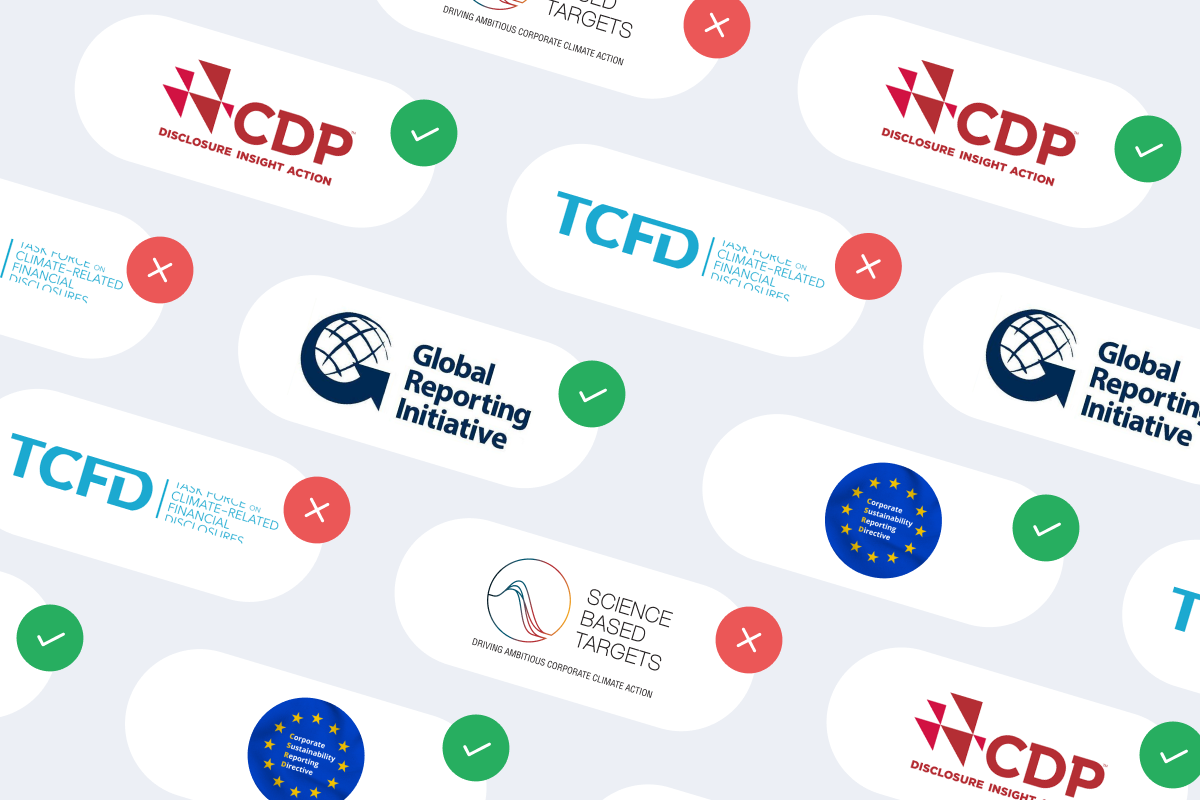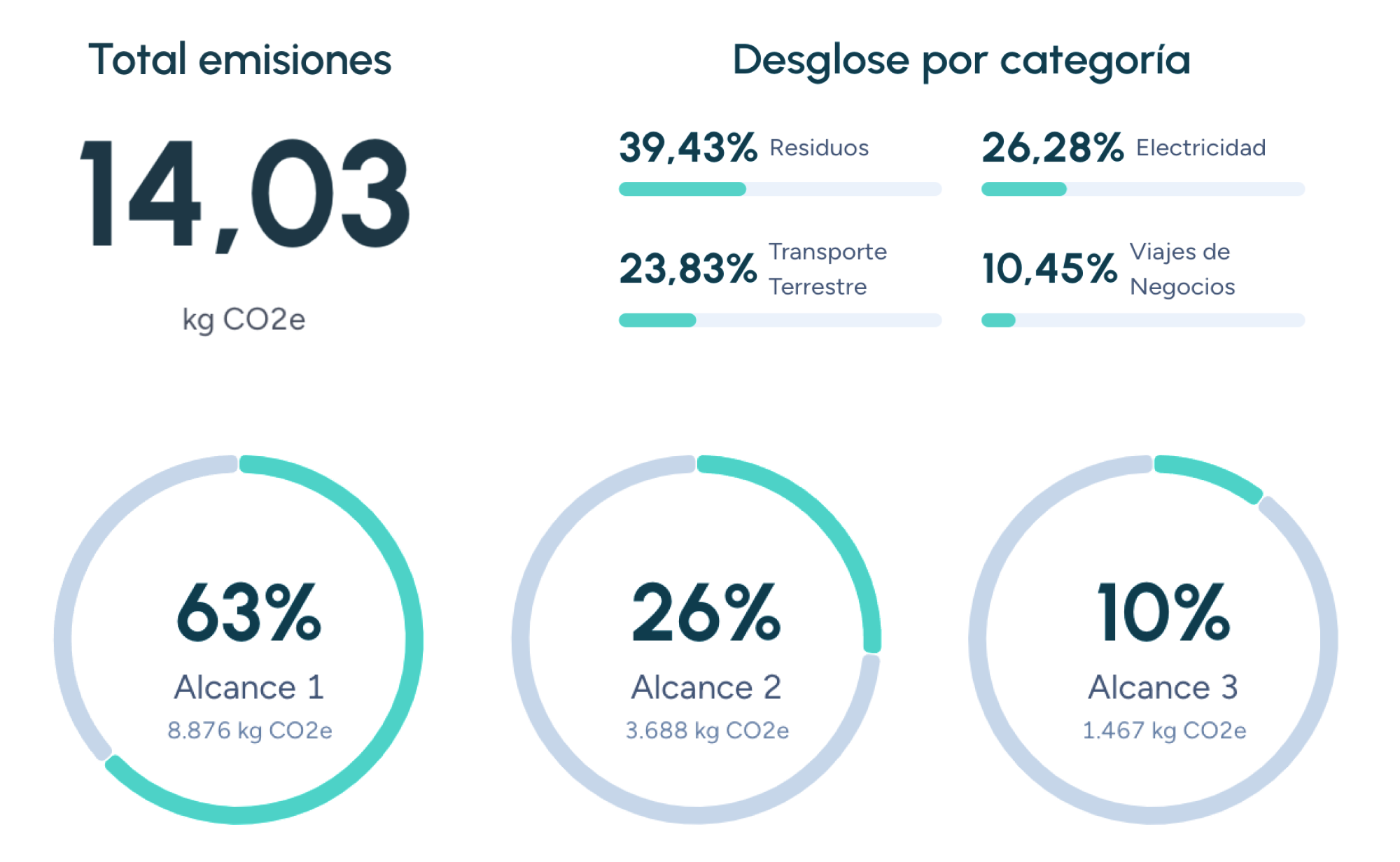F
Fast Fashion
Fast fashion refers to a production and consumption model in the fashion industry that prioritizes rapid, mass, and low-cost manufacturing of clothing. This system is designed to quickly respond to market trends, offering affordable and constantly updated fashion. However, fast fashion has a significant environmental impact, particularly in terms of:
- Greenhouse gas (GHG) emissions
- Water pollution and consumption
- Textile waste generation
What is fast fashion?
Fast fashion is a business model that focuses on producing clothing quickly and cheaply to meet consumer demand for the latest trends. Key characteristics include:
- Short production cycles, sometimes lasting just a few weeks.
- Use of inexpensive, low-quality materials, such as polyester and synthetic blends.
- Mass production in low-cost labor countries.
- High volumes of textile waste due to the short lifespan of garments.
While this model has democratized fashion, it has also created serious environmental and social challenges.
The environmental impact of fast fashion
Greenhouse gas (GHG) emissions
The fashion industry is responsible for approximately 10% of global GHG emissions (Niinimäki et al., 2020). Key contributors include:
- Synthetic materials like polyester, which rely on fossil fuel-based production.
- International transportation, as many garments are produced in distant countries and shipped worldwide.
- Energy-intensive textile dyeing and processing.
For example, producing one cotton T-shirt can generate up to 2.1 kg of CO₂, while a pair of jeans can emit up to 33.4 kg of CO₂ (Quantis, 2018).
Water consumption and pollution
Fast fashion significantly impacts water resources. The textile industry consumes approximately 93 billion cubic meters of water annually, enough to meet the needs of five million people (Ellen MacArthur Foundation, 2017).
Additionally, dyeing and finishing processes produce wastewater contaminated with toxic chemicals, which are often dumped into rivers and oceans without proper treatment.
Textile waste
The short lifespan of fast fashion garments contributes to massive textile waste generation. According to the European Environment Agency, each European generates an average of 11 kg of textile waste per year, yet less than 1% is recycled into new textiles (EEA, 2019).
The relationship between fast fashion and carbon footprint
The carbon footprint measures the total GHG emissions associated with a product, service, or activity. In the case of fast fashion, emissions occur throughout the entire supply chain:
- Raw material production: Extracting and manufacturing fibers (cotton, polyester) generates significant emissions.
- Manufacturing: Industrial processes, including dyeing and cutting, consume large amounts of energy.
- Transportation: Clothing is shipped from production countries to consumer markets, often by sea or air freight.
- Use and disposal: Washing and drying clothes contribute to GHG emissions, while incineration or landfill disposal further worsens the environmental impact.
To reduce fast fashion’s carbon footprint, it is essential to adopt sustainable practices at every stage of the supply chain.
Solutions to mitigate fast fashion’s impact
Measuring and analyzing the carbon footprint
The first step toward sustainability is measuring the environmental impact of operations using tools that provide real-time carbon emission calculations across all scopes (1, 2, and 3). This analysis is crucial for identifying key impact areas and prioritizing improvement strategies.
Transitioning to a sustainable fashion model
To counteract the effects of fast fashion, businesses and consumers can adopt more sustainable practices, such as:
- Using recycled or sustainably sourced materials.
- Implementing energy-efficient production processes.
- Promoting garment recycling and reuse.
- Shifting toward circular business models, such as clothing rental or resale.
Awareness and consumer education
Educating consumers about fast fashion’s environmental impact is critical. By choosing sustainable brands and reducing excessive consumption, individuals can significantly lower the industry’s carbon footprint.
The environmental impact of fast fashion and Manglai
Fast fashion, while accessible and attractive, has a devastating environmental impact, particularly in terms of:
- Carbon emissions
- Water consumption
- Textile waste
Measuring and reducing the industry’s carbon footprint is essential for climate change mitigation and a sustainable future.
Tools like Manglai play a crucial role by providing:
- Detailed carbon impact analysis
- Personalized sustainability recommendations
- Corporate solutions for emission reduction
By adopting sustainable fashion practices, both businesses and individuals can make a significant difference in minimizing the negative effects of fast fashion.
Companies that trust us

Agricultural Water Footprint
The agricultural water footprint is the total volume of freshwater (green, blue, and grey) consumed and polluted in the production of crops and livestock products.
Blue Water Footprint
The blue water footprint represents the volume of surface and groundwater withdrawn from rivers, lakes, reservoirs, and aquifers to produce goods and services.
Blue Water Scarcity
Blue water scarcity is an indicator that compares the consumption of surface and groundwater resources (blue water footprint) with the availability of renewable freshwater within a river basin over a specific period.
Guiding businesses towards net-zero emissions through AI-driven solutions.
© 2025 Manglai. All rights reserved
Política de Privacidad


